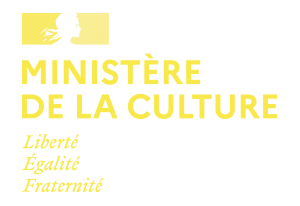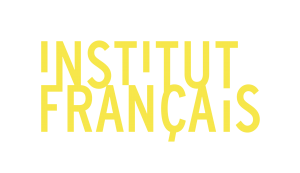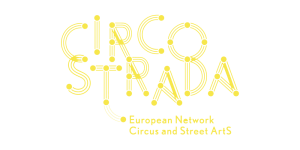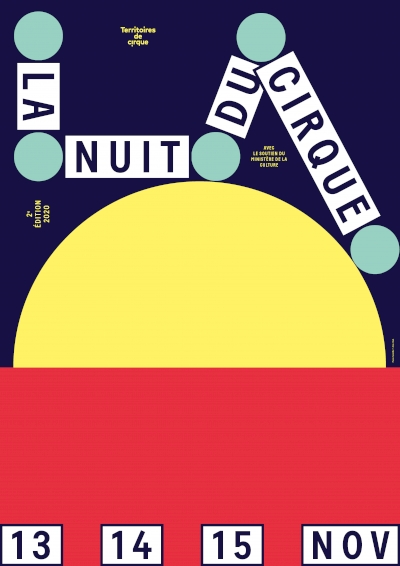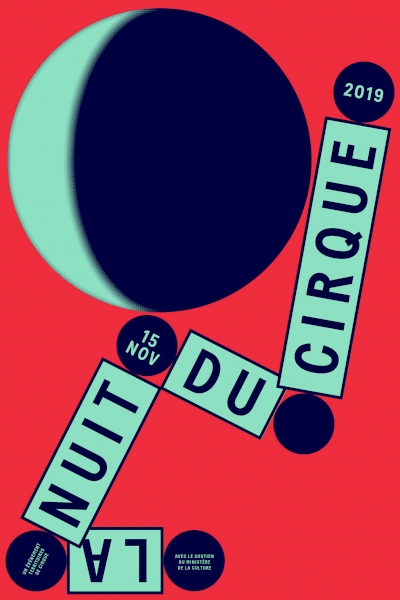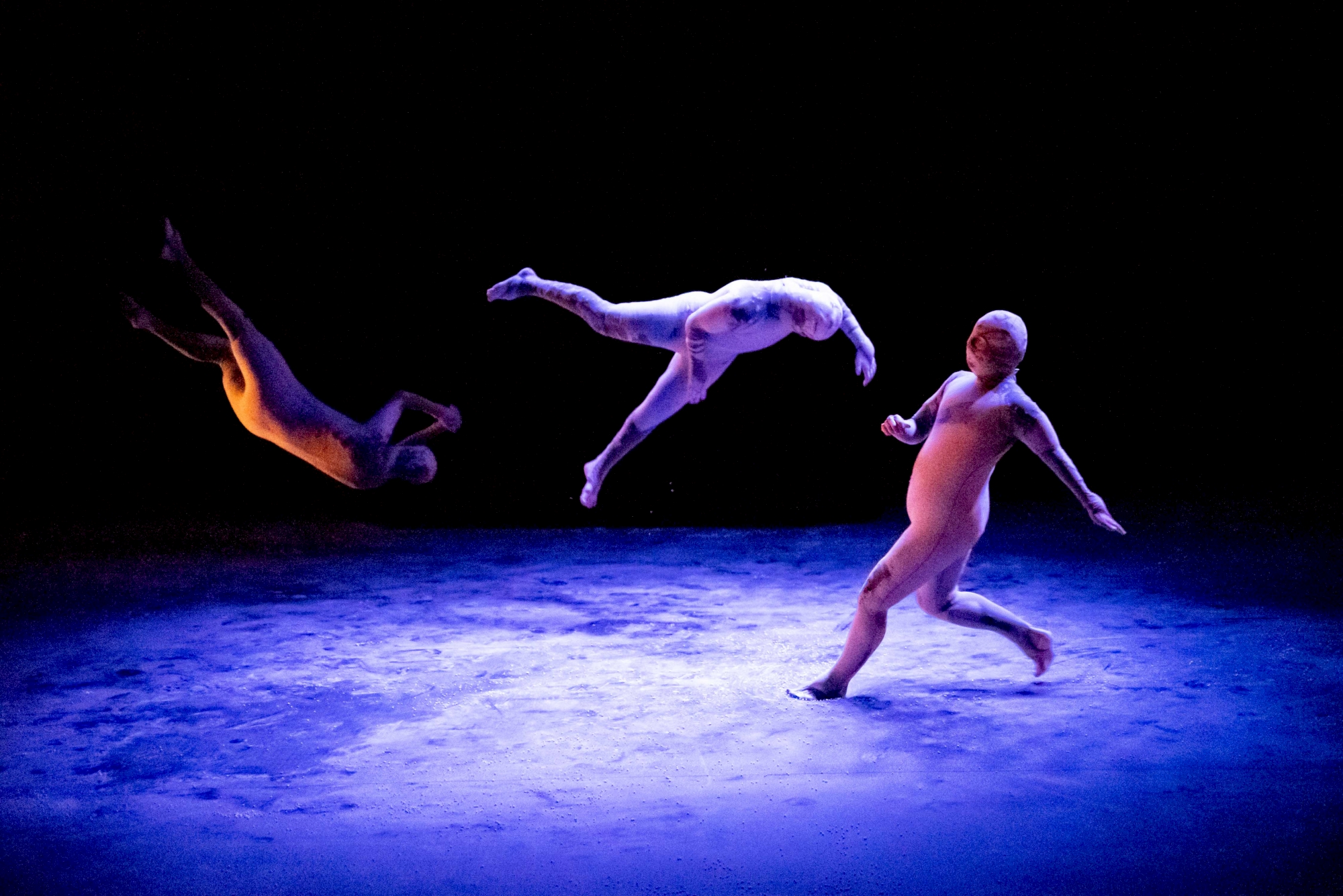
The third edition of the Nuit du Cirque will feature 72 hours of circus events, new encounters, and happy reunions!
To play with distance, space, air, and freedom after the recent period that saw them so sadly undermined...
To come together again as artists and audiences…
To present performances and to share the values of this popular and socially engaged art form, to nourish our curiosity...
This is life!
More than 80 cultural organizations are working together for the third edition of the Nuit du Cirque festival, and together they will present more than 200 events both in France and internationally.
The Nuit du Cirque is an international event organized by Territoires de Cirque with the support of the French Ministry of Culture and in collaboration with the Institut Français, Circostrada, and circusnext.
A WORD FROM TERRITOIRES DE CIRQUE
INTERVIEW WITH PHILIPPE LE GAL
PRESIDENT OF TERRITOIRES DE CIRQUE
DIRECTOR OF CARRÉ MAGIQUE, THE NATIONAL CIRCUS CENTER IN BRITTANY
The third Nuit du Cirque follows an edition that had to switch to a digital format because of the health crisis. For the Territoires de Cirque, what does it mean to return to physical events with audiences?
We will finally be able to carry out what we first dreamed up last year: a large-scale Nuit du Cirque that will last 72 hours. Certainly, this decision to expand may seem a little curious considering the event is called “the Night of the Circus” but it is motivated by our ambition to make the event as broad and inclusive a gathering as possible where everyone can find their place in their own way. By transforming the initial concept, we can allow professional organizations and circus schools to participate. Expanding beyond one night also helps us create movement and connections between the event’s different venues. This is what we expected to happen last year when 260 events were scheduled in France and internationally. In the end, only a hundred or so were maintained, and they had to be transformed into digital events. The creative circus – in its diversity, its continued evolutions, and its ability to adapt to current events – is fully represented by this expanded version of the Nuit du Cirque.
Do you think this edition of the Nuit will retain any traces from the 2nd edition that was held virtually last year?
In my opinion, there will be a specific connection to the image that will carry over from the previous edition, and from the period of the health crisis in general. The various digital events of 2020 – in particular, the three conference events held at the PALC circus center in Châlons-en-Champagne, the Le Mans circus center, and the ONYX in Saint-Herblain – were an opportunity for circus artists and cultural organizations to reflect on the relationship between the image and the performance. For example, what does it mean when a performance is broadcast live? Can it be operational while still maintaining a critical perspective on the work? Some members of Territoires de Cirque will continue to explore this relationship to the image and question the traces that it allows us to preserve in both content and form. In other words, what kind of image and for what purpose? Others, however, will quickly turn the page.
The shows, workshops, and exhibitions on the program are organized around four different themes – “Embrasse-moi” [Embrace me], “Libère-moi” [Free me], “Embarque-moi” [Transport me], and “Égare-moi” [Beguile me] – that are in stark contrast to a virtual experience. What type of circus bodies will we discover or rediscover this year?
Bodies that are reborn after having been mostly deprived of their artistic practices, of their apparatuses. Like a high-level athlete, the circus artist needs daily training, and without it, there can be doubt and fragility. This spring will have been a moment of resumption, and there will have been a mix of euphoria, a joy at reuniting with audiences, and an anxiety. Autumn will be a continuation of this. For the Nuit du Cirque to be beautiful and genuine, artists and venues are in closer dialogue than ever to celebrate this return to life with jubilation and tenderness. In the era of social distancing, the circus, which is the art of connection and collectivity par excellence, perfectly expresses the beauty of the encounter. It celebrates the freedom of bodies. This celebration will be expressed throughout the Nuit du Cirque with a grand diversity of aesthetics, and the event is an illustration of the driving mission of the Territoires de Cirque: a network of cultural organizations that support the development of the creative circus. All the network’s members share the same objective: to take this art form that we consider to be so important and to enhance its recognition and resonance among the general public, sponsors, and theaters. To reach these objectives, each member of the Territoires de Cirque has its own method linked to their teams’ different sensibilities, and they have complete freedom to express themselves during the Nuit du Cirque. Strictly speaking, the event does not have a specific artistic vision, its purpose is to illustrate the diversity of forms that composes the creative circus and to accompany the creative circus as it grows and evolves. In a way, the Nuit du Cirque is a photograph of the circus landscape at a given moment.
How would you describe this landscape that we will get a broad overview of during the 72 hours of the event?
By its very nature, the circus is poetic and performative, but it can also address issues that touch and challenge society today. If the Nuit du Cirque has a political objective, it is to affirm this reality, to demonstrate that the creative circus is much more than a form of entertainment, it is an art that is in phase with the realities of the contemporary world. It is important to make this point during the event because it will be held at a time when local authorities will be deciding on cultural budgets for 2022. Budget cuts would be very damaging for our artistic field because even in more normal times, it lacks the means to properly structure itself to meet the needs of the increasing number of companies that are creating shows, while the venues have barely any more subsidies than they had before. Yet the circus is a formidable tool for initiating proactive and ambitious cultural policies. It creates a social dynamic, it brings people together and connects them. And, thanks to the tents, the circus can perform in places where there may not be the necessary cultural structures. Over the past few years, we have also seen more projects being developed for public spaces and for all kinds of non-traditional spaces. The performance Périple 2021 by the jugglers from Collectif Protocole, which was started in the middle of the lockdown last March, is a perfect example of the capacity of the circus to reach all audiences: this six-month traveling performance toured across France and facilitated encounters at a time when almost everything else was at a standstill.
Do the creative circus companies that can be seen during the Nuit du Cirque reflect the spirit of the origins of the art form?
This is indeed the case. When it first emerged in the 1970s through the impetus of musicians and street artists, the creative circus – or the contemporary circus – was a clear political act: those who participated in its birth proclaimed their desire to break all the shackles, to liberate bodies and speech. It is an art form that came from the margins, that was conceived as an alternative to institutional practices. It is opposed to the consumer society, it rejects the gentrification of the theater. The slow pace of the structuring of the creative circus means that it has never lost this dissenting spirit. It was still there a decade later when a national post-secondary school, the National Center for Circus Arts (CNAC) in Châlons-en-Champagne, was created in 1985. And this spirit was still present 11 years later, in 1996, when the first circus show was programmed at the Festival d’Avignon: Le Cri du caméléon, the graduation show by the seventh graduating class of the CNAC that was directed by the choreographer Josef Nadj. It wasn’t until 2010 that a network of 12 national circus centers (the Pôles Nationaux Cirque) was created, and now, 11 years later, there are only 13 such centers.
Even though the art form remains relatively new, which is part of what interests the Territoires de Cirque, its evolution has been very gradual. Does this facilitate the development of a creative circus repertoire?
Does Nuit du Cirque reflect this? Many young artists, especially during the period we have just lived through, are considering their artistic practices within the broader context of the art form’s traditions. These questions of repertoire and memory are at the heart of the Nuit du Cirque, which, by offering the broadest possible range of today’s circus, is an invitation to reflect on the art form. Where is the circus today? What does it tell us? The artists and members of Territoires de Cirque are asking themselves these questions; we would like to share them with as many people as possible and encourage critical thinking about the circus, which is still underdeveloped compared to other disciplines such as dance or theater. This would help the stakeholders in the creative circus to enhance their awareness of being part of a shared history that has been impacted by a range of influences.
The Nuit du Cirque is expanding beyond the French borders. Why is this embrace of the international scene important to the evolution of the circus landscape?
From the very first edition of the event, we knew it would be essential to expand into other countries to enrich our perspectives and encounter different practices. Because while the creative circus is currently flourishing in France, it has evolved differently elsewhere. This is a question of the training programs, but also of how artistic professions are structured. This year, for example, Switzerland spontaneously reached out to us to participate. This edition of the Nuit du Cirque will therefore be Swiss and Belgian, our immediate neighbors, but it will also extend to other countries in connection with circusnext, Circostrada, and the Institut Français. The long-term goal is to have a genuine opening onto different cultural approaches to the circus. Why not have focuses on Anglo-Saxon, Northern European, African, and other aesthetics?
We understand the Nuit du Cirque seeks to be as diverse as possible. What other significant developments in the circus will we be able to observe when we attend events?
There are several possible answers. I will only mention two of them, which pertain to subjects that I have long thought the circus has somewhat neglected: politics and sensuality, even sexuality. However, in recent years, creative works have appeared that actively explore these fields. Circus artists’ way of life is inherently political because of their embrace of the collective and their rejection of hierarchies, but we are also seeing more and more shows emerge that are overtly political – the creations by the Cheptel Aleïkoum, for example, or those by the Cirque Pardi. And there are others, of course. I’m also thinking of the Collectif Portés de Femmes, which is not on the Nuit du Cirque program this year, and their creation Projet PDF, a large feminine and feminist show created in the spring of 2018 that also touches upon the second evolution mentioned earlier. While sensuality is at the heart of many circus disciplines, it has usually had one main function: to draw attention, to emphasize prowess. Now, it is beginning to be treated as a subject itself, whether by women like Sandrine Juglair or by men. And because this also raises questions of gender, the circus is increasingly bringing these subjects to light and tackling them head-on, sometimes in the mode of a manifesto.
The affirmation of these political, sensual, and other actions goes hand in hand with an increasingly strong emphasis on the notion of the author in the circus.
At a time when four generations of circus performers are working together on stage to develop their disciplines, and when some great circus adventures have come to an end – Cirque Plume, Archaos in its original structure, Les Arts Sauts… – the question of the author is truly a pressing one. This Nuit du Cirque will be the reflection of this and will, I hope, help advance thinking on the subject, in particular by providing an overview that goes beyond the latest creations and includes shows that are already part of the repertoire. At least for the artists in question, such as Olivier Debelhoir with Un soir chez Boris [A night with Boris] or Jean-Baptiste André and Julia Christ with Pleurage et scintillement [Crying and glimmering]. To assert oneself as an author, one must be fully aware of tradition, of history. This is becoming more frequent in the circus, and it must be even more so in the future. Like the previous editions, this one will also prove that we are never finished being astonished by the circus’ capacity for innovation. New and surprising experiments, such as Inbal Ben Haïm’s exploration of paper in Pli [Fold], immediately alter the gaze and contribute to “blurring” the contours of this art form. Considering the singularity of certain creations, we sometimes ask ourselves how and when it is possible to affirm that something is a circus because this art form is extremely porous and sensitive to work done in other artistic fields. Personally, I tend to say it's from the moment the artist [or artists] on stage has a link with the circus, through their initial training, their professional career, or their commitment to the genre. But the question, like many others, is an open one. See you at our Nuit du Cirque 2021, the night often gives good counsel!
Interview conducted by Anaïs Heluin in June 2021
THE NUIT DU CIRQUE TEAM
Secretary General of the Territoires de Cirque
editorial director and and coordination of the Nuit du Cirque
Delphine Poueymidanet
Assisted by
Sophie Raoult, Azimutcom
Graphic design
Pierre Tandille and Magali Brueder, Aéro Club
Website (design and code)
Étienne Macquet
Web communication
Annelise Guitet
National media relations
Carine Mangou
in collaboration with
Virginie Ferrere et Guillaume Alberny
Journalist
Anaïs Héluin
Translation
Jeremy Mercer
